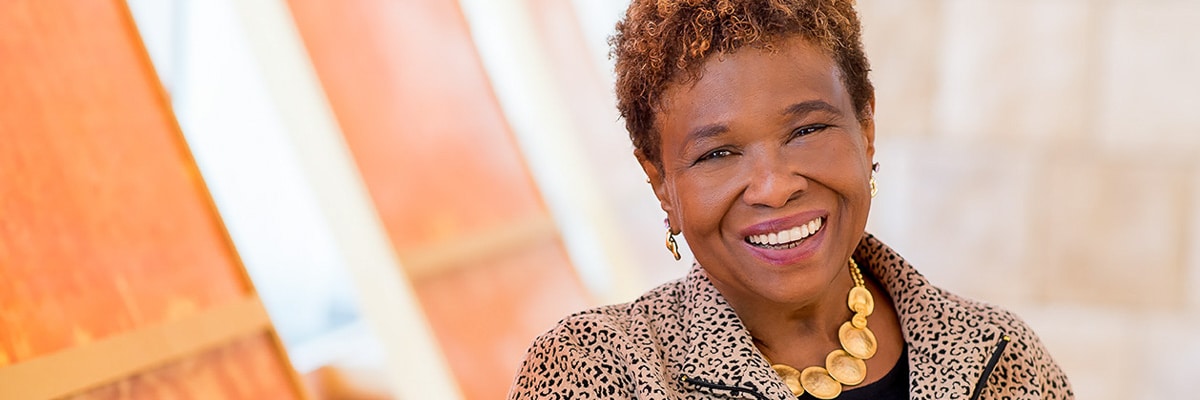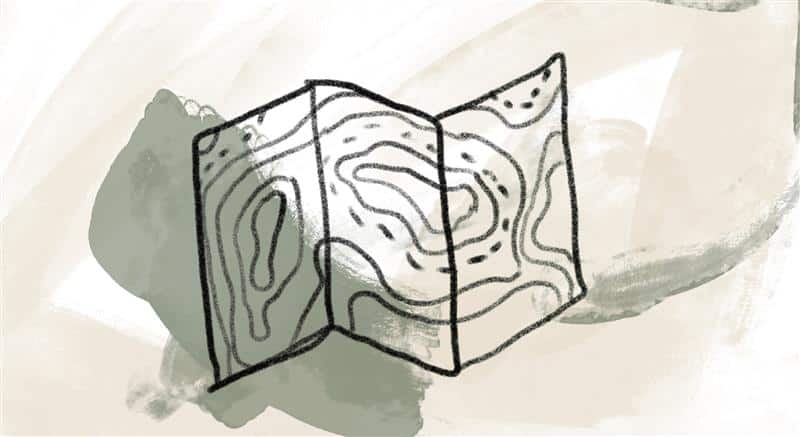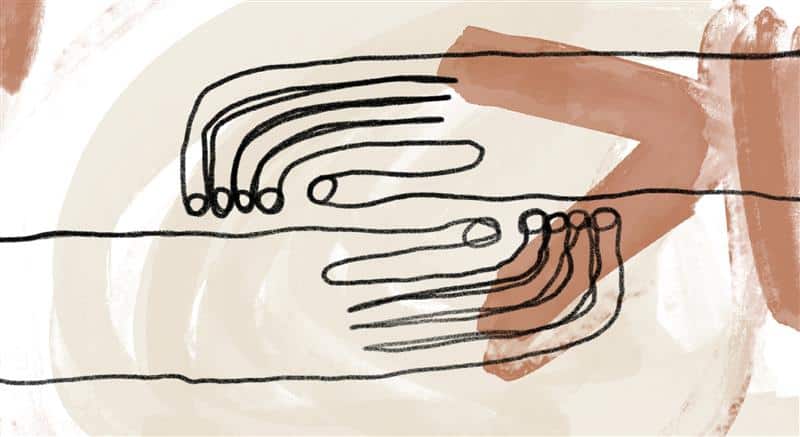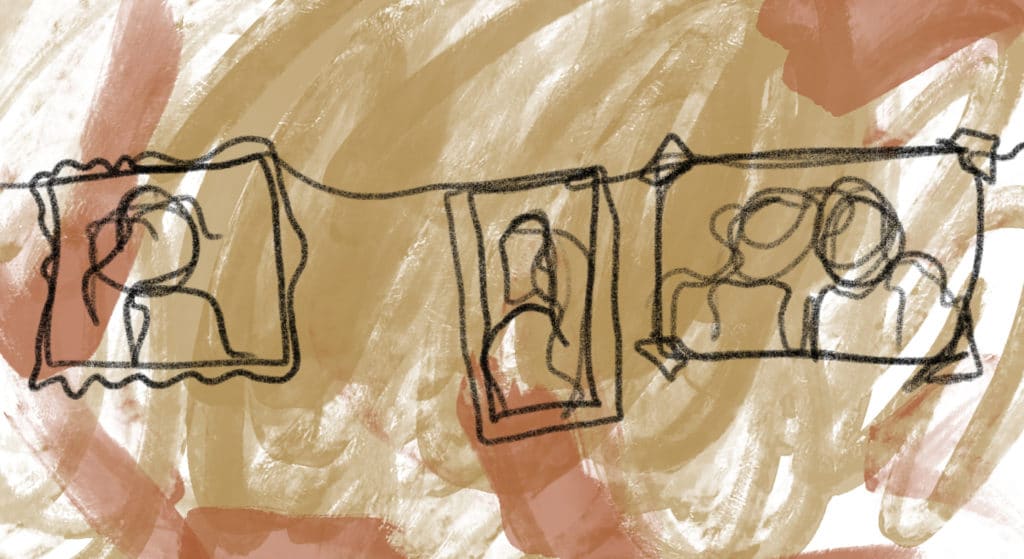
The authentic mystic can never flee from the world. He or she must resonate with the suffering and the agony that is the common legacy of humankind.… And active mystics who live in the hurly-burly enter into the same inner silence as those who live in the desert.
—William Johnston, Mystical Theology: The Science of Love
Dr. Barbara Holmes describes the contemplative foundations of the civil rights movement:
The world is the cloister of the contemplative. There is no escape. Always the quest for justice draws one deeply into the heart of God. In this sacred interiority, contemplation becomes the language of prayer and the impetus for prophetic proclamation and action. Martin Luther King Jr. and Rosa Parks were classic contemplatives, deeply committed to silent witness, embodied and performative justice. The type of contemplative practices that emerged during the Civil Rights Movement became dramas that enacted a deep discontentment with things as they were. For years, the black church nurtured its members in the truth of their humanity and the potential for moral flourishing.
The civil rights marches of the 1960s were contemplative—sometimes silent, sometimes drenched with song, but always contemplative. This may mean within the context of a desperate quest for justice that while weary feet traversed well-worn streets, hearts leaped into the lap of God. While children were escorted into schools by national guardsmen, the song “Jesus Loves Me” became an anthem of faith in the face of contradictory evidence. You cannot face German Shepherds and fire hoses with your own resources; there must be God and stillness at the very center of your being…. What saves you is the blessed merger of intuitive knowing with rationality, pain, and resolve.
Like a spiritual earthquake, the resolve of the marchers affirmed the faith of foremothers and forefathers. Each step was a reclamation of the hope unborn. Each marcher embodied the communal affirmation of already/not yet sacred spaces…. The sacred act of walking together toward justice was usually preceded by a pre-march meeting that began with a prayer service, where preaching, singing, and exhortation prepared the people to move toward the hope they all held. This hope was carefully explicated by the leadership as a fulfillment of God’s promises. As a consequence, the movement that spilled from the churches to the streets was a ritual enactment of a communal faith journey toward the basileia [realm] of God….
The end result was that a purportedly Christian nation was forced to view its black citizens as a prototype of the suffering God, absorbing violence into their own bodies without retaliation. By contrast, stalwart defenders of the old order found themselves before God and their own reflective interiority with fire hoses, whips, and ropes in their hands. The crisis created by contemplative justice seeking guaranteed the eventual end of overt practices of domination, for domination could not withstand the steady gaze of the inner eye of thousands of awakened people.
Honoring Dr. Barbara Holmes
In honoring Dr. B, may we continue the struggle she so passionately embraced—the struggle for justice, the healing of the human spirit, and the call to radical creativity. Watch her speak about how death does not have the last word.
References:
Barbara A. Holmes, Joy Unspeakable: Contemplative Practices of the Black Church, 2nd ed. (Minneapolis, MN: Fortress Press, 2017), 111–112, 116–118.
Image credit and inspiration: Unknown, Dr. Barbara Holmes Headshot (detail), photo, United States. Click here to enlarge image.
Story from Our Community:
The ripple effect of Dr B’s life and work extends far and wide. It has touched me, changed me, and informed my work in Australia as I continue to hope in the journey towards reconciliation between First Nations and Non-Indigenous Australians. She has given me permission to seek out my roots, to know who I am, to heal the past. She has also given me deep hope for the future. Thank you, Dr. B for guiding us in life and beyond.
—CAC Community Member




